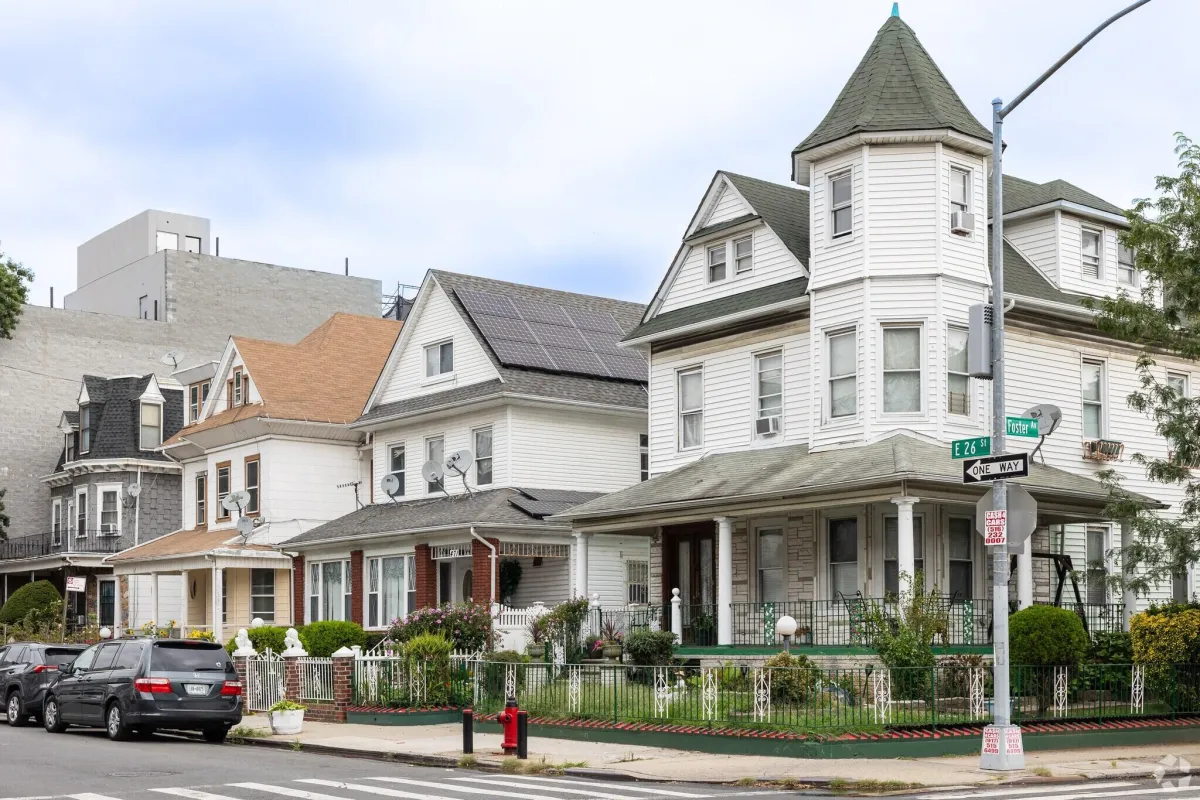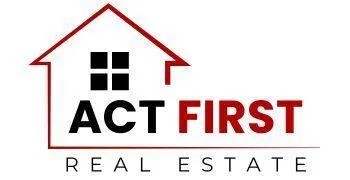
Flatbush
A Borough in Miniature: Discovering Flatbush, Brooklyn
Flatbush, Brooklyn, is a captivating and expansive neighborhood that truly feels like a borough within itself. With a deep history dating back to its Dutch colonial origins, it has evolved into one of New York City's most vibrant and diverse communities, renowned for its rich Afro-Caribbean culture. Flatbush offers a compelling blend of stately architecture, bustling commercial centers, and a strong, active community spirit. It appeals to those seeking an authentic, lively urban experience with abundant amenities and convenient access to green spaces and cultural landmarks.
A History of Dutch Roots and Dynamic Growth
From Farmland to Urban Crossroads: Flatbush's story began in 1651 when it was chartered by Dutch colonists as "Midwout" (meaning "middle wood"). It was one of the original six towns of colonial Brooklyn and remained a primarily agricultural area for centuries. The neighborhood's character began to transform in the late 19th and early 20th centuries with the expansion of subway lines, which connected it directly to Manhattan and fueled a boom in residential development. This period saw the construction of its iconic Victorian homes, pre-war apartment buildings, and diverse housing stock.
Throughout the 20th century, Flatbush became a destination for successive waves of immigrants, initially Irish, Italian, and Jewish families. From the 1960s onwards, it experienced a significant demographic shift with the arrival of large populations from the Caribbean, including Jamaica, Haiti, and Trinidad and Tobago. This influx profoundly shaped Flatbush into the vibrant cultural hub it is today, often referred to as "Little Caribbean," particularly along Nostrand Avenue.
A Community of Myriad Cultures and Strong Bonds: Flatbush is a true melting pot where cultures not only coexist but thrive, creating a dynamic and inclusive atmosphere. Its diverse population, with a strong presence of African American and Afro-Caribbean residents, contributes to a rich tapestry of languages, traditions, and culinary delights. This diversity is celebrated through lively street festivals, numerous religious institutions, and a strong network of community organizations. Residents take immense pride in their neighborhood, fostering a welcoming and supportive environment that cherishes both heritage and progress.
Real Estate in Flatbush: Architectural Charms and Varied Options
Real estate in Flatbush is incredibly varied, reflecting its long and layered history. You'll find charming and often grand Victorian homes, particularly in the adjacent Ditmas Park area, boasting spacious layouts, large yards, and intricate architectural details. Classic pre-war brick apartment buildings line major avenues, offering cooperative and condominium units. Additionally, there are many multi-family attached and semi-detached homes, providing flexible living arrangements. More recent developments also offer modern apartments, adding to the mix.
A Robust Market with Appealing Value: Flatbush presents a compelling value proposition within the Brooklyn real estate market, often offering more space and classic charm than pricier areas closer to Manhattan. As of June 2025, the median listing home price in Flatbush was approximately $792,500, showing a steady upward trend. The median sold home price was around $1.1 million, reflecting strong demand. Prices vary significantly based on property type, with co-ops starting in the mid-$300,000s, and single-family homes often ranging from $800,000 to well over $2 million for larger Victorians. Homes typically sell within 61 days on the market, indicating an active and desirable area.
Amenities and Connectivity: Cultural Gems and Green Oases
Flatbush offers a fantastic array of local amenities and superb transportation links, providing residents with a convenient and culturally rich urban lifestyle.
A Hub of Culture and Commerce: The neighborhood's main commercial corridors—Flatbush Avenue, Nostrand Avenue, and Church Avenue—are bustling and vibrant. Flatbush Avenue, in particular, is a major retail destination, featuring a mix of national chains and diverse local businesses. The "Junction" at the intersection of Flatbush and Nostrand avenues is a key shopping and dining hub. Throughout these avenues, you'll discover a remarkable culinary scene, especially known for its authentic Caribbean cuisine (earning it the "Little Caribbean" designation), alongside a variety of other international flavors, bakeries, and cafes.
The beautifully restored Kings Theatre, a magnificent 1920s movie palace, is a major cultural landmark, hosting concerts, comedy shows, and live performances that draw audiences from across the city. Brooklyn College, a senior campus of the City University of New York, contributes to the neighborhood's youthful energy and intellectual vibrancy, often hosting public events.
Parks and Recreation: Flatbush boasts excellent access to green spaces. While Prospect Park is just to the north, within Flatbush itself, residents can enjoy several parks, including Amersfort Park and Nostrand Playground, providing recreational opportunities. The grand Ocean Parkway, with its wide pedestrian and cycling paths, offers a beautiful tree-lined route for outdoor activities.
Excellent Transportation: Flatbush boasts superb public transportation, making commutes throughout Brooklyn and into Manhattan exceptionally convenient. The B and Q subway lines run along Flatbush Avenue and Church Avenue, while the 2 and 5 subway lines serve Nostrand Avenue and Flatbush Avenue, providing direct express and local service to Manhattan. Numerous bus routes (including SBS lines and private dollar vans) crisscross the area, enhancing local connectivity. Flatbush's high walkability, especially along its commercial corridors, makes navigating the neighborhood easy.
Flatbush, Brooklyn, is an incredibly dynamic and appealing neighborhood that truly embodies the diverse, resilient spirit of the borough. Its rich history, vibrant multicultural population, attractive housing stock, and excellent connectivity make it an exceptionally welcoming and engaging place to call home for those seeking authenticity, a strong sense of community, and a true taste of global Brooklyn.
HOA: Yes/No (Many of the multi-family homes and historic Victorian houses in Flatbush are privately owned and typically do not have a neighborhood-wide HOA. However, many of the large pre-war apartment buildings operate as co-ops, and newer condominium developments will have their own HOAs or co-op boards with associated monthly fees.)
55+ Community: No (Flatbush is a diverse, multi-generational neighborhood with no age restrictions, though its family-friendly atmosphere and amenities appeal to residents of all ages.)
